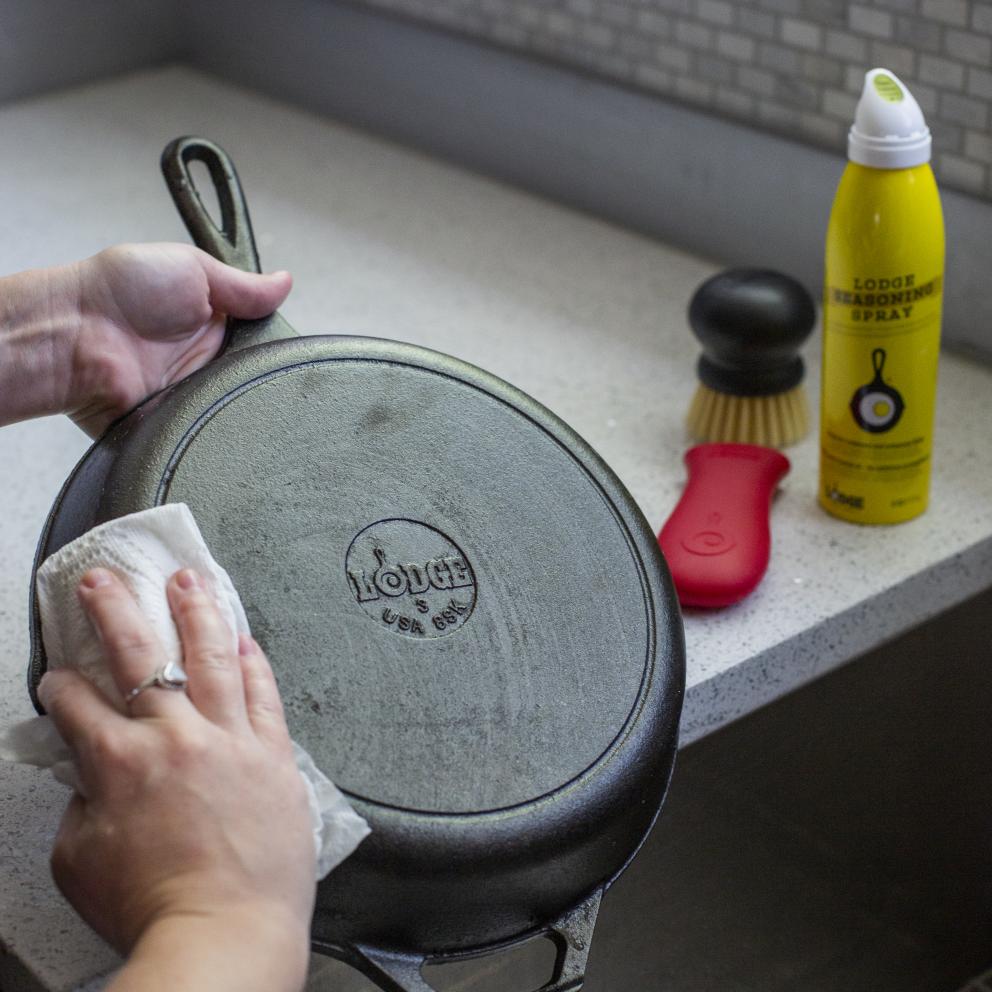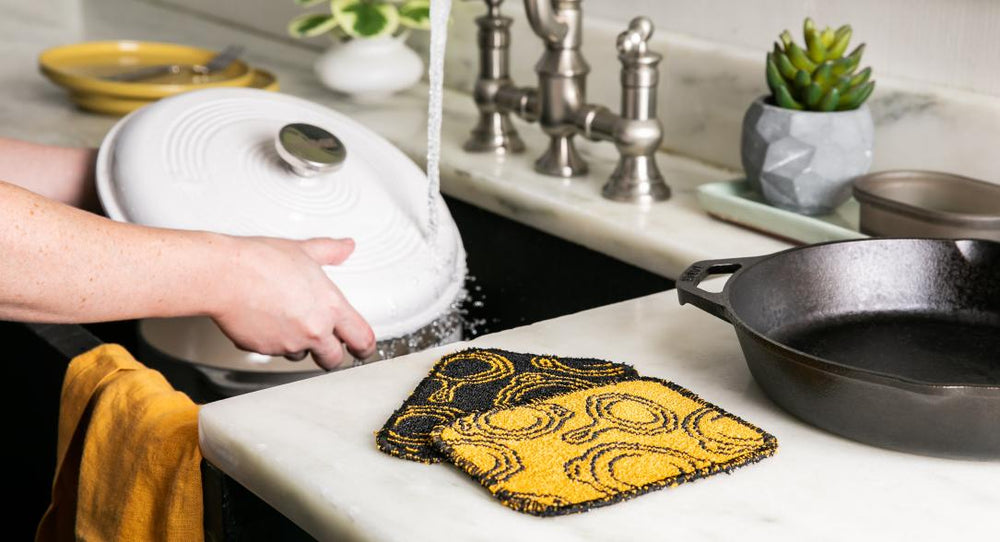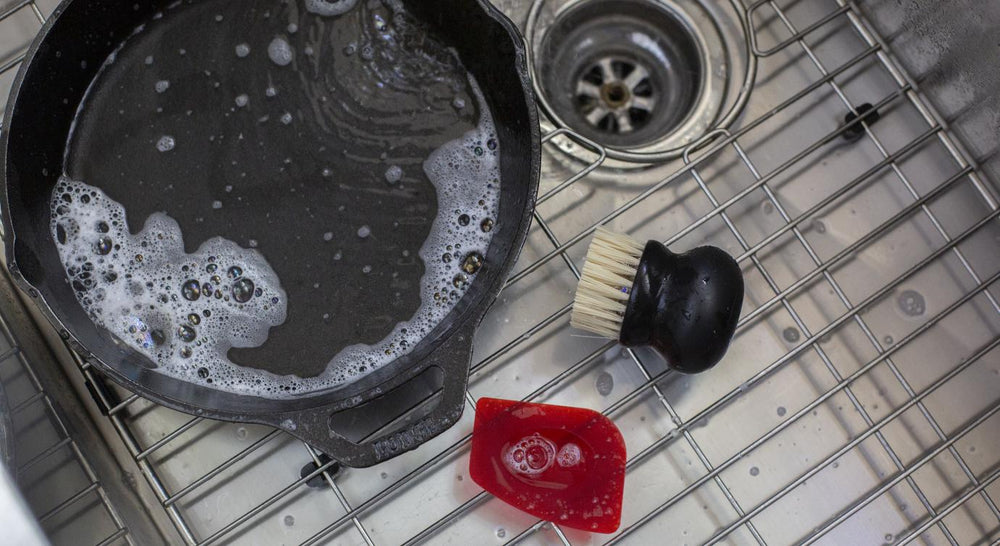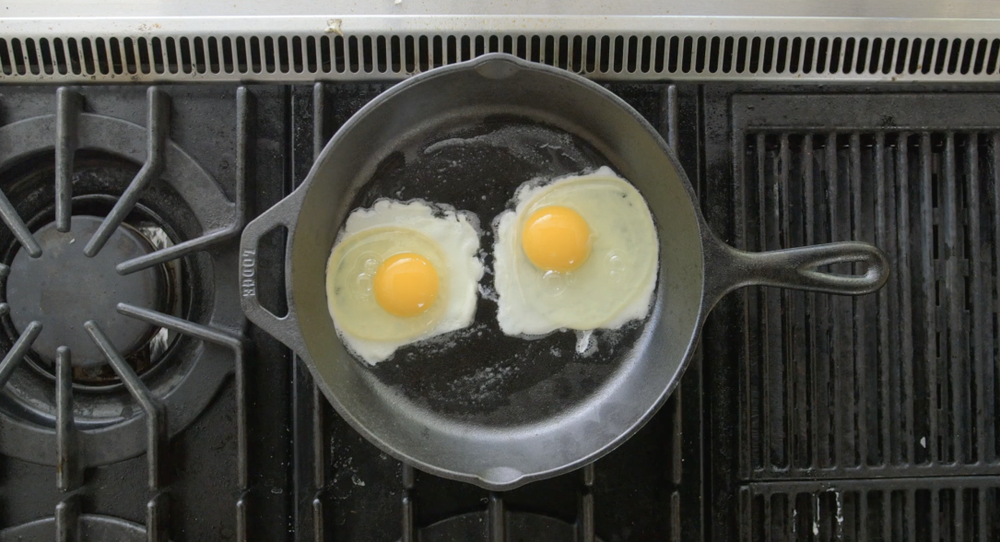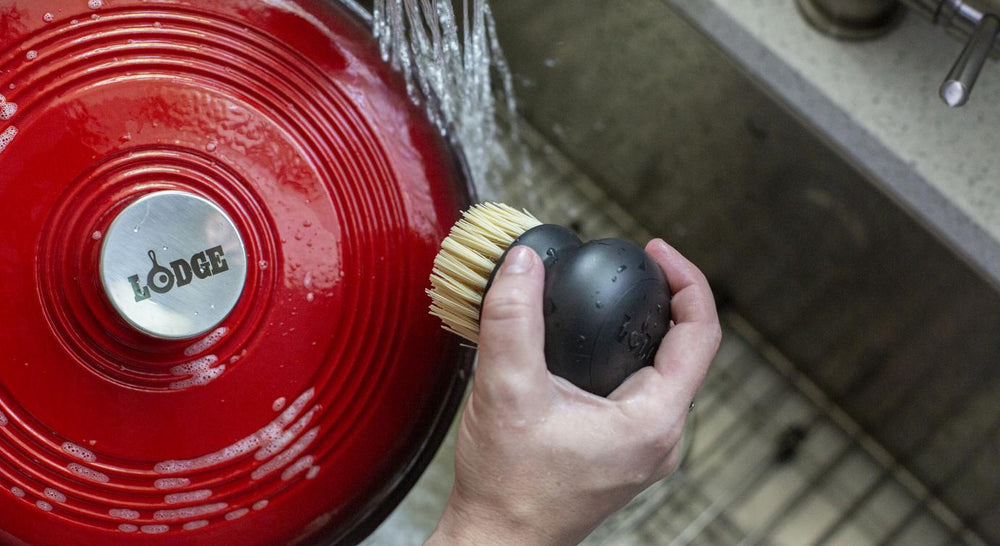3 Tips for Cooking Acidic Foods in Cast Iron
First, let’s get one thing straight: you can use acidic ingredients with cast iron. A lot of folks will tell you to avoid acidic foods when using cast iron because it can impact the taste of your food or strip away the seasoning on your pan. But if you take a few precautions, we say bring on the tomatoes!
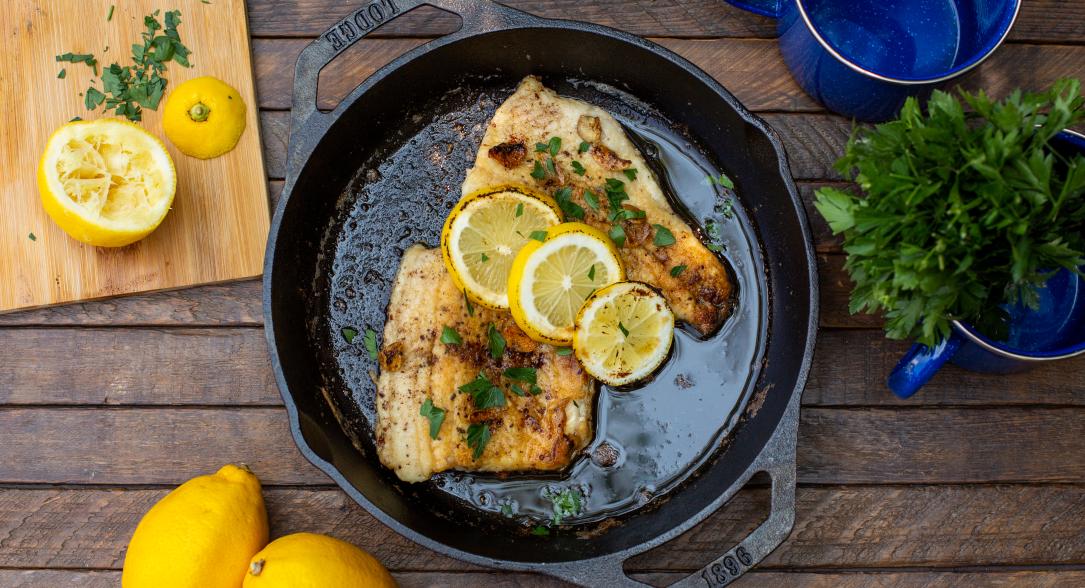
Choose the right pan
Folks are cautious about mixing cast iron and acidic ingredients for good reason. If your pan doesn’t have a good base seasoning, you can run into trouble. To avoid stripping the seasoning, we recommend choosing a well-loved (read: well-seasoned) pan for recipes that call for tomatoes, citrus juices, or wine. If you regularly use your skillet, you should have a nice foundation of seasoning that can handle those ingredients. Foods like cornbread and sautéed veggies are especially great for building up your pan’s seasoning. We created a whole roundup of those types of recipes here. If you have a recipe in mind but don’t have time to build up your own seasoning, pieces from our Blacklock Collection come triple-seasoned and can handle acidic ingredients as soon as you take them home!
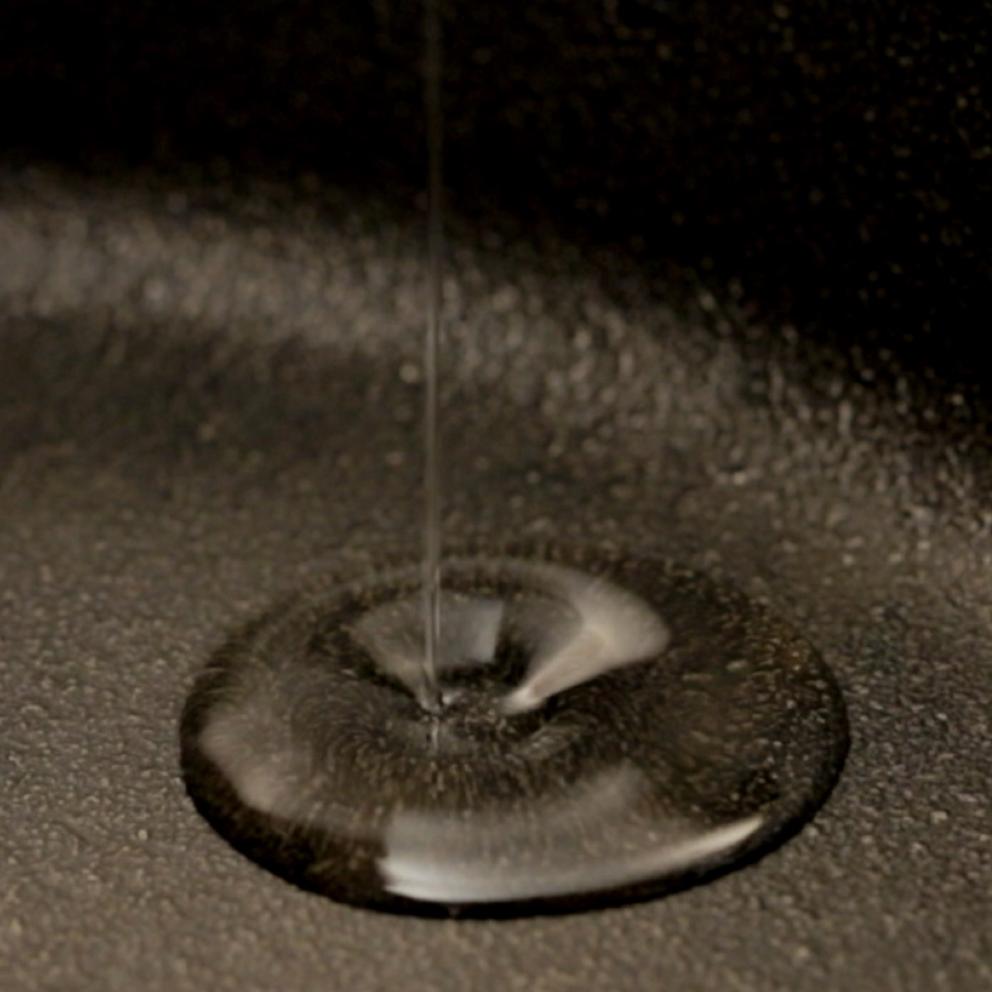
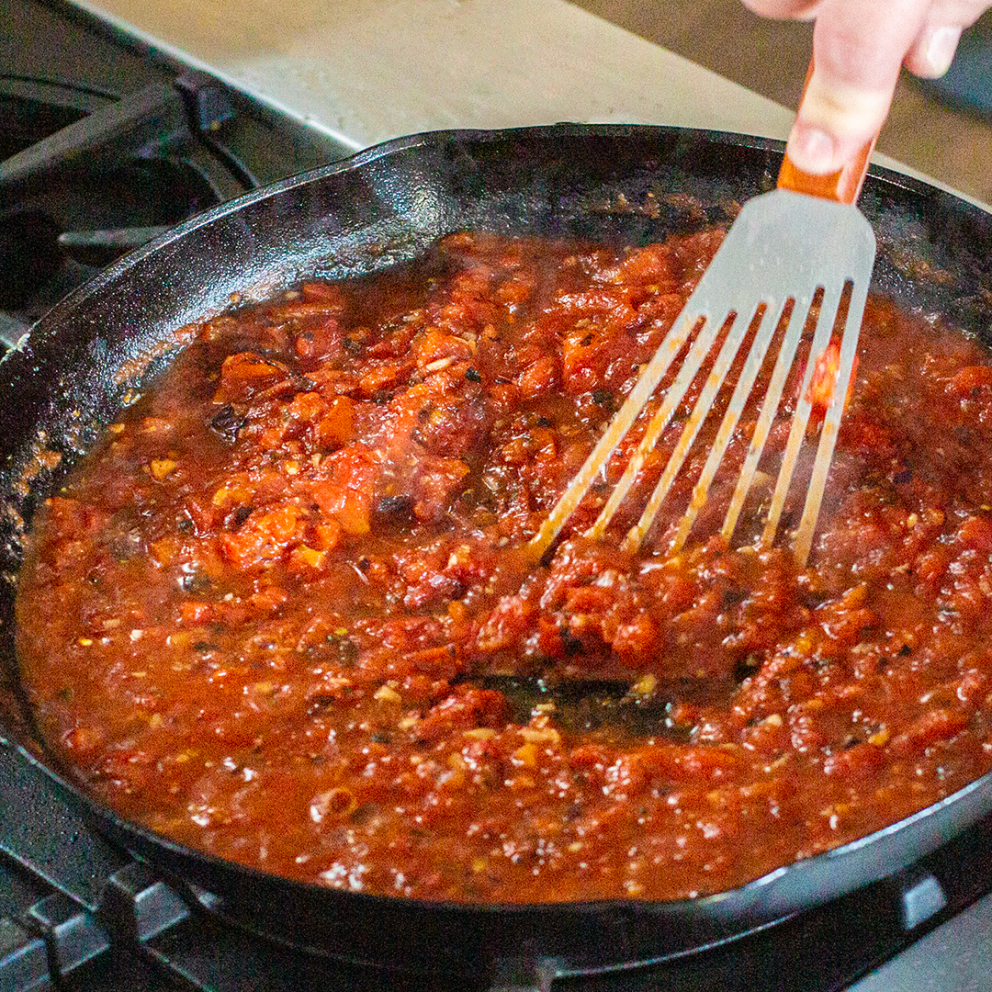
Find the perfect recipe
Cooking time and volume are two of the most important factors to consider when deciding whether to use cast iron for a dish that calls for acidic ingredients. If you need to quickly simmer tomatoes for chicken parmesan or make a lemon butter sauce for your catch, the acidic ingredients won’t be in the pan long enough to impart a metallic flavor to your food or affect the pan’s seasoning. Similarly, deglazing your pan with wine or adding a little lemon juice to your dish shouldn’t cause problems. However, if your recipe calls for an all-day simmer or roast, you’re better off reaching for enameled cast iron. As a general rule, you shouldn’t leave acidic ingredients directly in cast iron for more than about 45 minutes.
Don’t wait on cleanup
You want to minimize the length of time your cast iron and acidic ingredients are making contact. After you cook and your pan has cooled, give it a good clean. Don’t forget to dry your pan off and add a thin layer of seasoning spray (or oil) to your pan’s surface. This is one of the easiest ways to prevent rust and maintain a well-seasoned pan for your next cooking adventure.
